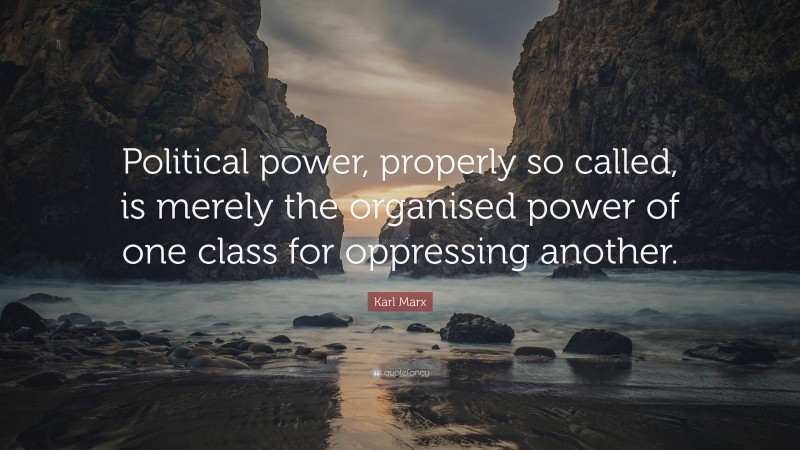
By R McAney 4 June 2024
Fear is a potent force in the human psyche, capable of driving decisions and shaping societies. Throughout history, rulers and governments have harnessed fear to consolidate control and ensure compliance. Unlike overt tyranny, which is obvious and often met with resistance, the quiet tyranny of fear works insidiously, embedding itself in the fabric of daily life and making dissent seem both dangerous and futile.
Fear as a Manipulative Tool
Fear, one of the most basic human emotions, serves an essential purpose in alerting us to immediate dangers. However, when manipulated, fear becomes a tool for social control. Governments and those in power understand the psychological impact of fear and how it can be used to influence and dominate populations. This manipulation isn’t a novel concept; it has historical precedence, and its methods have evolved with time.
Historical Precedents: Ancient Egypt
Ancient Egypt offers a poignant example of fear as a tool for control. Between 1800 and 1600 BC, Egypt faced genuine threats from foreign invaders. Once these invaders were repelled, the ruling elite recognized the utility of maintaining a climate of fear to keep the population unified and submissive. By perpetuating the notion of an ever-present threat, the rulers could justify their actions and maintain their grip on power.
The Psychological Impact of Fear
Fear undermines rationality and critical thinking. When people are afraid, they are more likely to accept restrictions and follow orders without questioning their legitimacy. This susceptibility to manipulation makes fear a powerful tool for those seeking to control societies. The suppression of dissent becomes easier as fear overrides the desire for resistance and critical examination of authority.
Orwellian Insights: A Modern Blueprint
George Orwell’s dystopian novel “1984” serves as a crucial text in understanding the mechanics of fear-based control. In Orwell’s world, the government employs constant surveillance, public mind control, and the manipulation of truth to maintain power. The perpetual state of war and the omnipresent threat of enemy forces keep the populace in a continuous state of fear, ensuring their obedience.
Orwell’s concept of “thoughtcrime” illustrates how fear can stifle not just actions but also thoughts. The fear of punishment for dissenting thoughts or actions ensures a compliant and controlled society, where individuals police not only their behaviours but also their beliefs.
Modern Techniques: Pandemic and War
In contemporary times, fear is often invoked through crises such as pandemics and wars. These situations provide fertile ground for governments to introduce restrictive measures under the guise of public safety.
Restriction of Movement: During a pandemic, for instance, the restriction of movement is justified as a necessary public health measure. Lockdowns, curfews, and travel bans are accepted by the public because they fear the consequences of the disease. However, these measures also limit freedom and can be used to suppress political activism and dissent. The fear of infection, coupled with the fear of legal repercussions, ensures compliance.
Neighbour Reporting Neighbour: Another tactic involves encouraging citizens to report on each other. This practice fosters a culture of mistrust and ensures that people self-regulate out of fear of being reported. During the COVID-19 pandemic, many governments set up hotlines for reporting violations of lockdown measures. This not only divided communities but also created a pervasive sense of surveillance, where everyone is both a watcher and watched.
Case Study: COVID-19 Pandemic
The COVID-19 pandemic provided a real-world example of how fear can be manipulated for control. Governments worldwide imposed unprecedented restrictions on movement and assembly. Public health measures, while necessary, also showcased how quickly and effectively freedoms could be curtailed under the guise of protection.
Enforced Compliance: The fear of the virus and its consequences led to high levels of public compliance with government directives. In some countries, the introduction of emergency powers allowed for the rapid implementation of laws without the usual legislative scrutiny. The fear of the pandemic justified these measures, making it difficult for the public to oppose them.
Long-Term Impacts: The long-term impact of these fear-driven policies is significant. Even after the immediate threat of the virus diminishes, the precedents set during the pandemic could persist, normalizing increased surveillance and restrictions on movement.
Conclusion: The Subtle Tyranny of Fear
The use of fear as a tool for social control is not new, but its methods have evolved. From ancient Egypt’s perpetuation of fear to maintain unity, to the Orwellian vision of a controlled society, and the modern manipulation of fear during crises, the pattern remains consistent. Fear robs societies of their rationality and agency, making them easier to control.
To combat this, awareness and critical thinking are essential. Understanding how fear is used to manipulate and control can empower individuals to question and resist unjust measures. Societies must strive for transparency and accountability in governance, ensuring that fear is not wielded as a weapon against the very people it is meant to protect.
